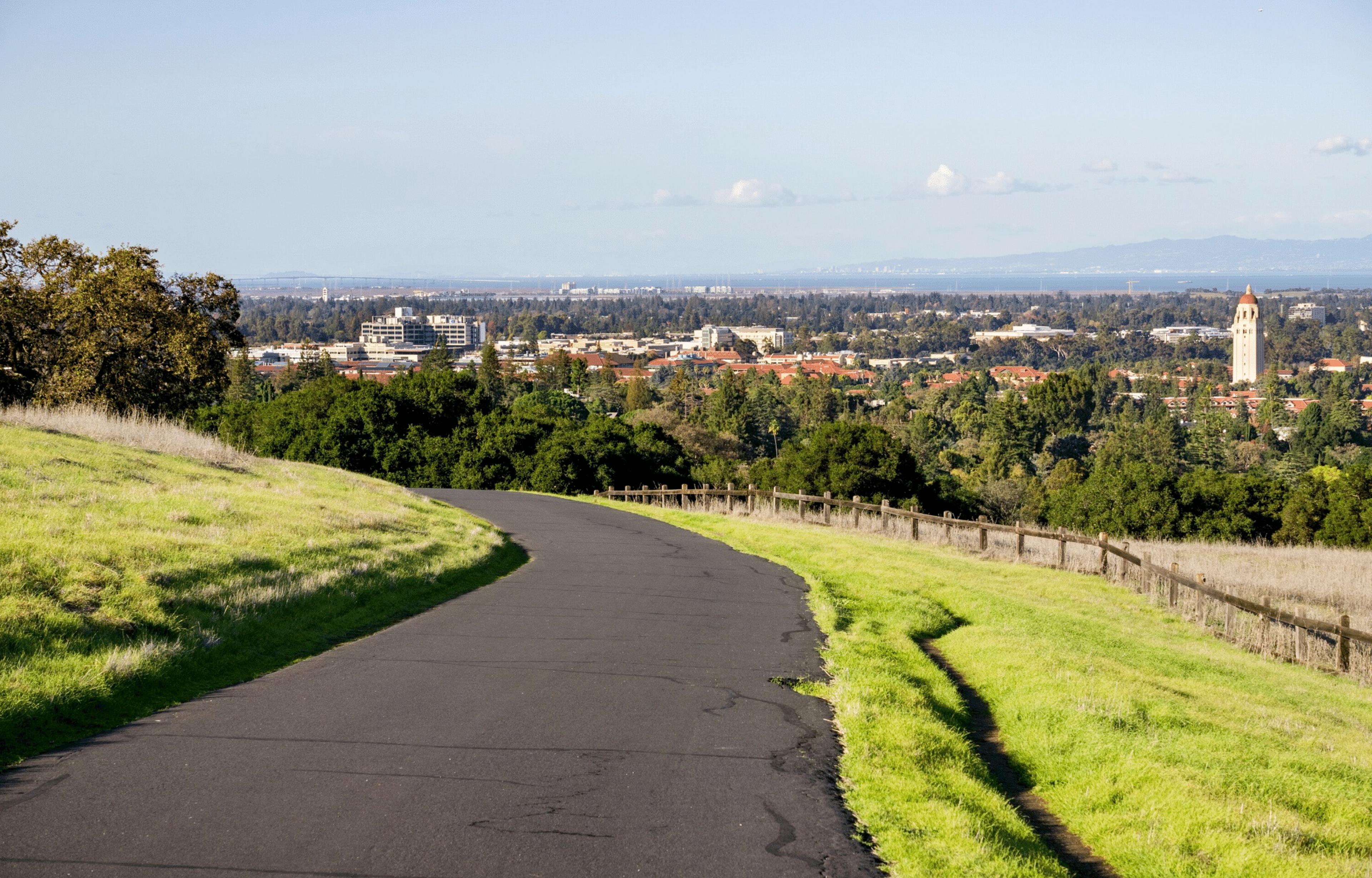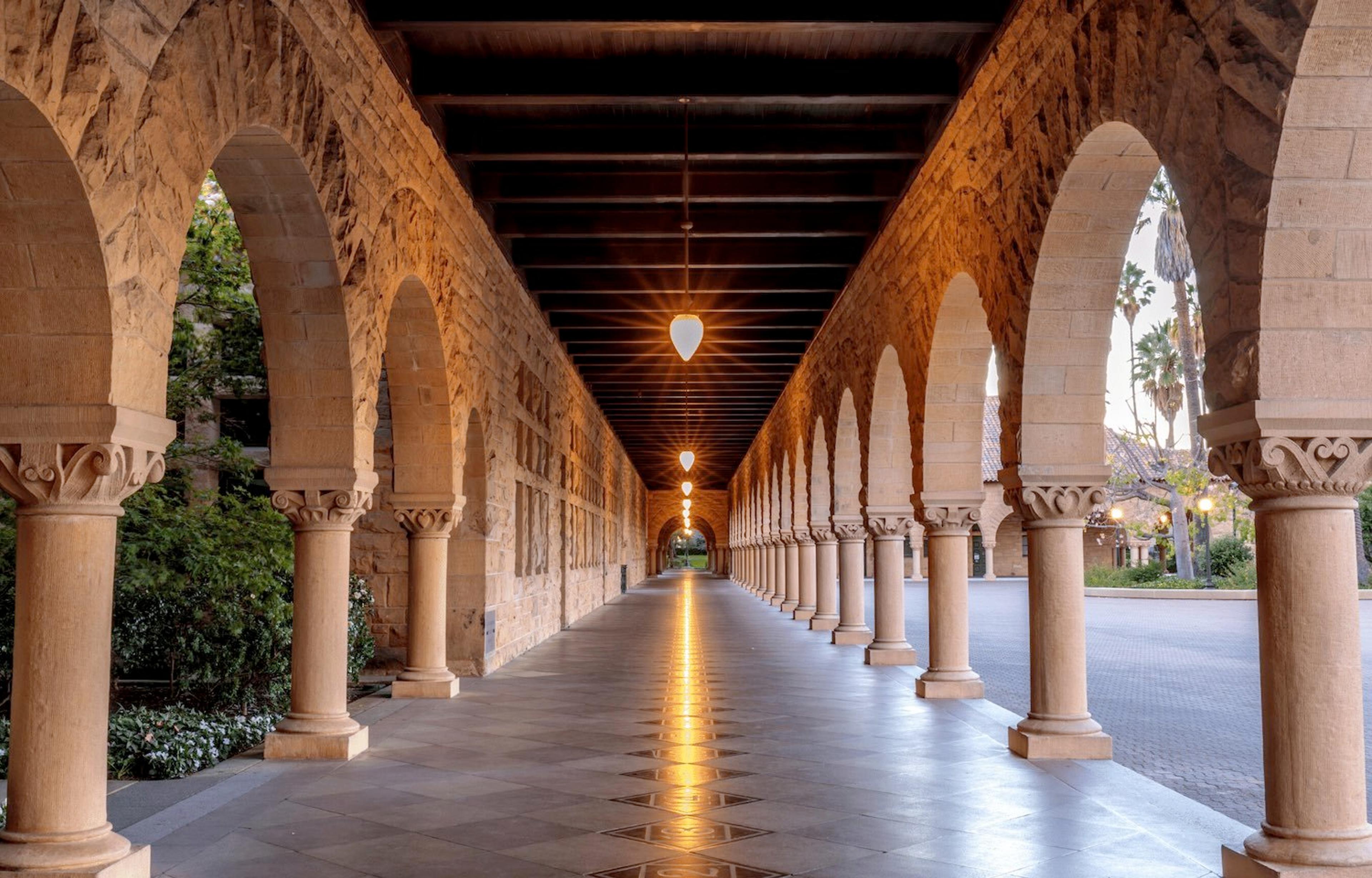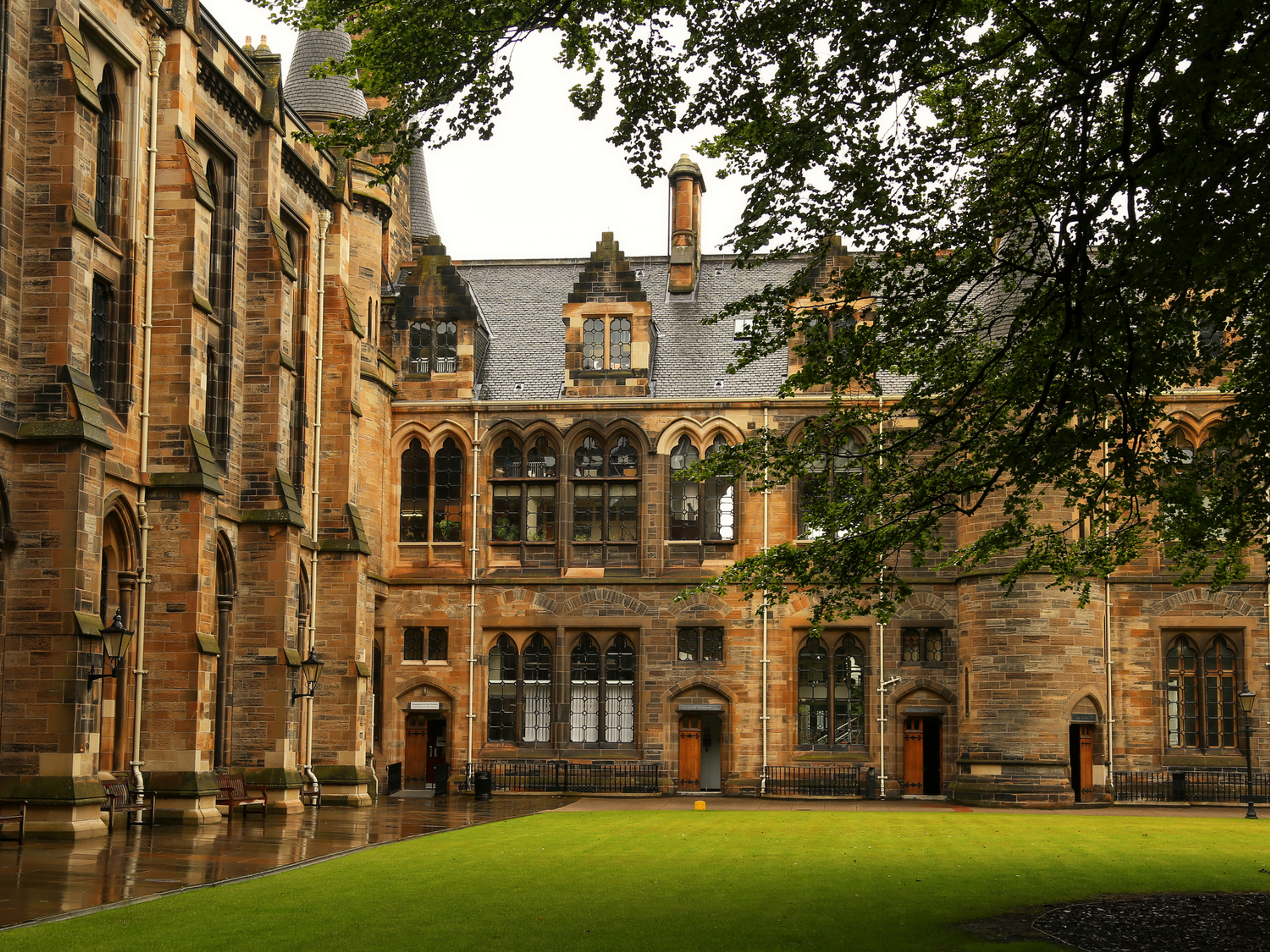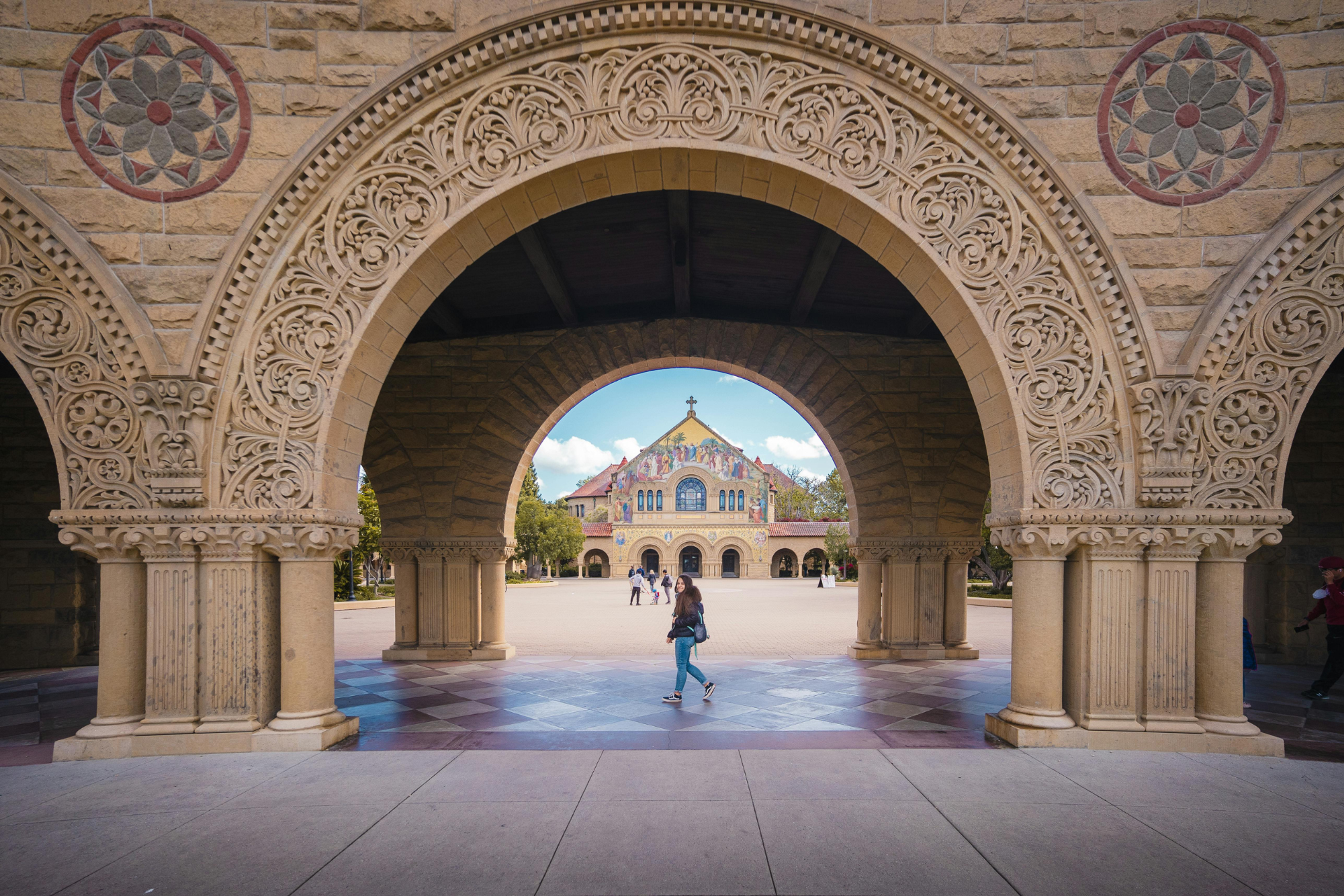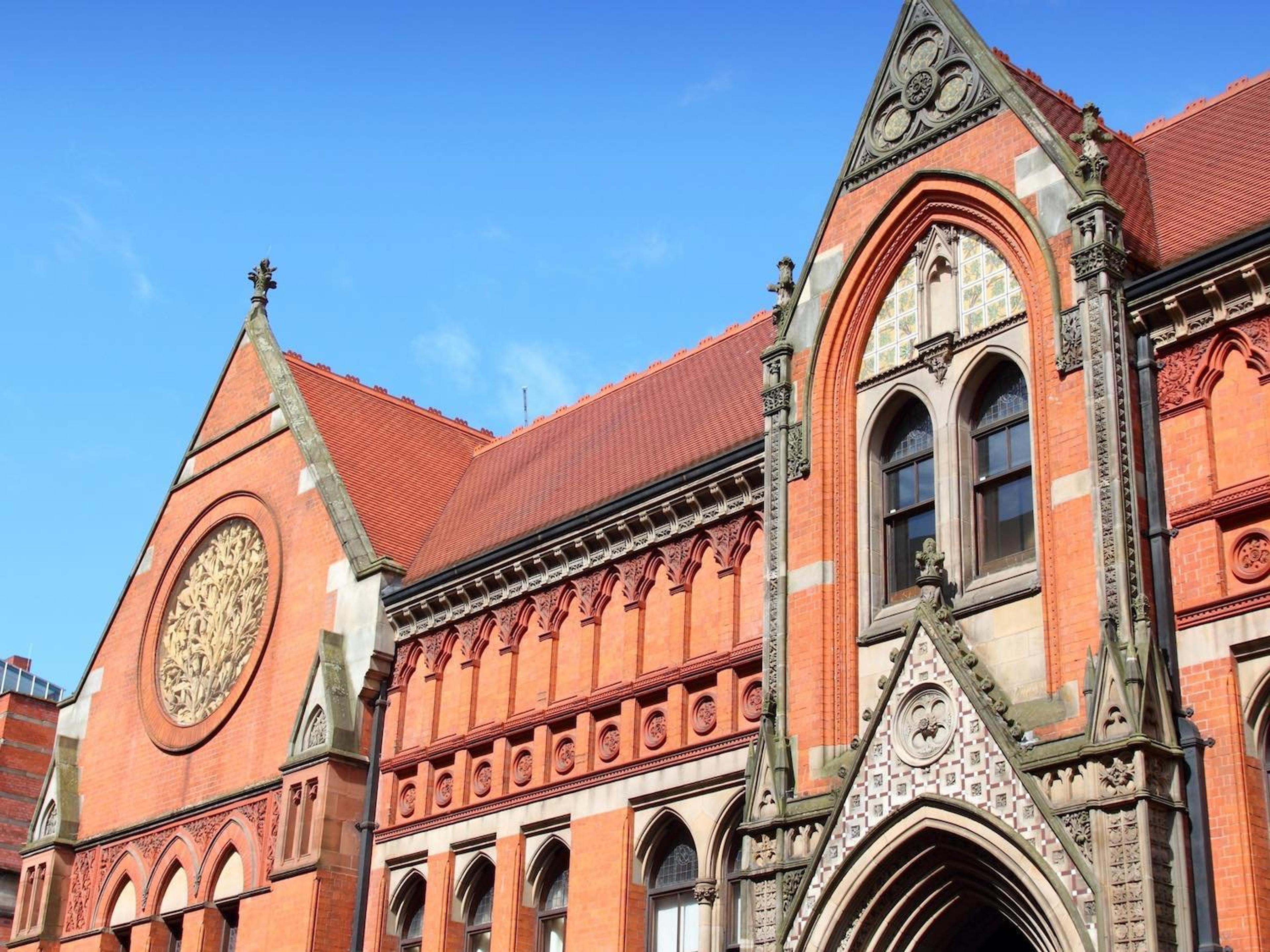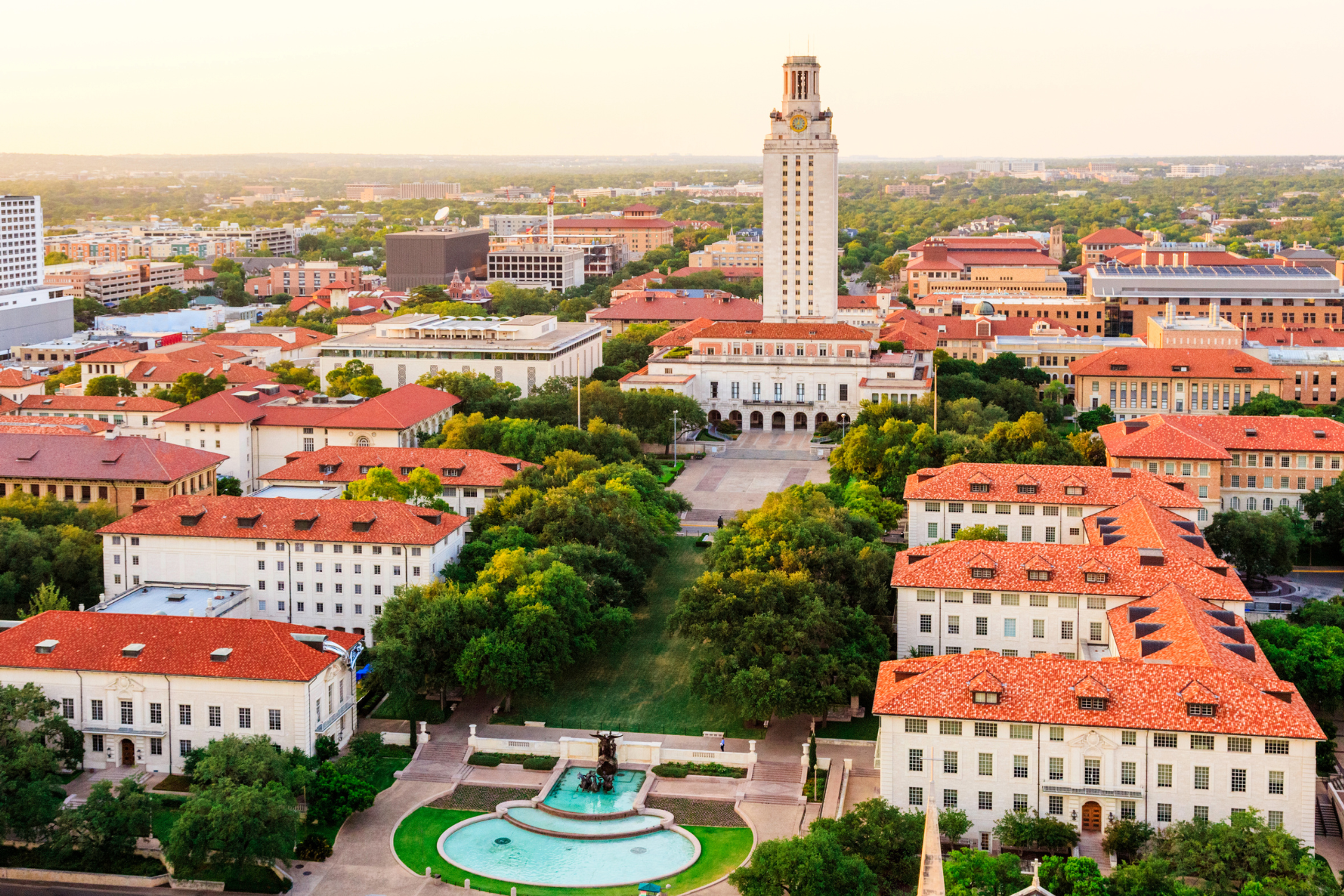
Table of Contents
Stanford Graduate School of Business (GSB) is renowned for its prestigious MBA program. As one of the most selective business schools in the world, many applicants find themselves captivated by its rich academic environment, renowned faculty, and prominent alumni network. However, gaining admission to Stanford GSB is no easy feat, as the acceptance rates for this coveted program are quite competitive.
Stanford GSB MBA Acceptance Rate (2026)
The acceptance rate for Stanford GSB’s MBA program is 5.81%, making it the most selective business school in the world. The deferred MBA acceptance rate is estimated to be slightly higher, but still highly competitive.
Why is Stanford’s MBA acceptance rate so low?
Several factors contribute to its ultra-competitive admissions:
- Small class size: With less than 430 students per year, Stanford admits far fewer than its M7 peers.
- Self-selecting pool: Applicants tend to be high-achieving and mission-driven, raising the bar for everyone.
- Holistic review process: Stanford deeply values who you are, not just what you’ve done. Essays, values alignment, and personal character weigh heavily.
What about the deferred MBA acceptance rate?
While Stanford doesn’t publicly release separate numbers, the deferred MBA acceptance rate is believed to be slightly higher at approximately 6-7%. But that’s still competitive, especially since Stanford only accepts deferred candidates from their undergrad senior year, not grad students or master’s holders like some other schools.
What is the Stanford MSx acceptance rate?
The acceptance rate for Stanford's MSx program typically falls between 14% and 16%, making it more accessible than the MBA program, but still highly selective.
The MSx program attracts accomplished mid-career professionals from around the world, many of whom have 8-10+ years of experience and strong leadership backgrounds. If you’re thinking about applying, focus less on the stats and more on clearly articulating your impact, your goals, and why Stanford’s one-year, full-time experience fits into your next chapter.
Applying to Stanford (traditional or deferred)? Work with a coach who’s helped others stand out in the world’s toughest MBA pool.
- Victoria G. -- Stanford GSB Alumna, Former CEO at Migo, Storytelling Expert
- Jasmine H. -- Goes at Stanford GSB, Technology Architecture at Accenture
- Yash G. -- Stanford GSB Alumnus, Trained coach in MBA admissions with 15+ M7 Acceptances
Read: Top 10 Deferred MBA Programs in the US—and How to Get In (2025)
How does Stanford's acceptance rate compare to Harvard, Wharton, and other M7s?
When comparing top business schools, Stanford GSB consistently stands out for having one of the most competitive acceptance rates in the world. If you're deciding whether to apply to Stanford, the Wharton MBA, Harvard Business School, or another M7 graduate degree program, understanding how selective each school is can help you plan your application strategy.
While all M7 programs are highly competitive, Stanford’s admit rate is notably lower, making it one of the toughest schools to attend business school. Let’s take a closer look at how it stacks up against the rest.
| M7 Schools | Acceptance Rate (%) | Applicants | Enrolled Students |
|---|---|---|---|
| Harvard Business School | 9.4% | 9,856 | 930 |
| Wharton School | 11.8% | 7,322 | 866 |
| Columbia Business School | 13.0% | 7,487 | 972 |
| Chicago Booth School of Business | 12.3% | 5,125 | 632 |
| Kellogg School of Management | - | (undisclosed) | 524 |
| MIT Sloan School of Management | 8.1% | 5,317 | 433 |
Note: The acceptance rates are calculated based on the number of enrolled students divided by the total number of applicants for each year.
Stanford GSB MBA Acceptance Rate -- 10-Year Trend
Getting into Stanford GSB has never been easy, but over the past decade, it’s become even more selective. The acceptance rate has consistently declined, reflecting not only the school’s global reputation but also a growing applicant pool filled with ambitious, high-performing individuals from around the world.
If you're applying, this isn't meant to discourage you, but it's meant to sharpen your focus. Stanford’s admissions team isn’t just looking for perfect test scores. They’re looking for people with purpose. That means your story, leadership potential, values, and personal growth matter just as much as your stats.
So ask yourself these:
- What makes me different?
- What impact do I want to have?
- And how can I show that clearly in my application?
Here’s a look at how competitive the program has become:
Let’s start with the trend: A decade in review
| Year | Applicants | Enrolled Students | Acceptance Rate (%) |
|---|---|---|---|
| 2015 | 7,899 | 410 | 5.2% |
| 2016 | 8,116 | 410 | 5.1% |
| 2017 | 8,173 | 418 | 5.1% |
| 2018 | 7,797 | 419 | 5.4% |
| 2019 | 7,342 | 417 | 5.7% |
| 2020 | 7,324 | 436 | 6.0% |
| 2021 | 7,367 | 426 | 5.8% |
| 2022 | 6,152 | 424 | 6.9% |
| 2023 | 6,190 | 431 | 7.0% |
| 2024 | 7,295 | 424 | 5.8% |
For much of the past decade, Stanford GSB held the lowest MBA acceptance rate in the world, even lower than Harvard. Hovering around 5-6%, it became a badge of honor and a major talking point. What changed?
Read: Stanford GSB MBA: Acceptance Rate, Deadlines, Cost, Requirements, & Program Overview
Why the spike in recent years? A few key reasons:
1. Application volume surged, then dipped
Let's begin with the pandemic that led to a spike in MBA applications across top programs. Many professionals used the moment to reset and pursue graduate education. In 2021 and 2022, GSB saw record applicant numbers, so while acceptance rates appeared to rise in 2022–2023, it was partly a function of class sizing and yield management.
2. Yield optimization and waitlist strategy evolved
Stanford is small by design -- about 420–430 students per class -- so it doesn't admit more applicants just because it receives more applications. However, yield management plays a big role. If the school becomes more confident in who will say "yes" to an offer, they can offer fewer admits while keeping class size consistent, tweaking the acceptance rate year by year.
3. More non-traditional applicants are getting in
GSB has leaned harder into building diverse and non-traditional cohorts, which means more teachers, startup operators, creatives, and public-sector professionals are competing alongside bankers and consultants. The criteria haven't softened, but the definition of a “fit” has broadened. This has made the pool harder to predict, and perhaps, a little more welcoming to different profiles.
What does 5.8% really mean for you now?
While 5.8% sounds (slightly) more forgiving, it's still brutally selective; only about 1 in 17 applicants get in, and most of those are already exceptional. This year’s acceptance rate shouldn’t lull anyone into thinking the process is easier. If anything, GSB is:
- More holistic than ever – They’re weighing not just your stats but your story, impact, values, and trajectory.
- Still stats-conscious – Median GMAT is still above 730, GPA hovers near 3.8. You can stand out, but you can’t hide weaknesses without showing serious strengths.
- Looking for clarity – Candidates who know why Stanford, and can articulate a credible post-MBA vision, tend to separate from the pack.
Expert Advice for 2025-2026 Applicants
If you're applying this year or next, don’t let the percentage shift throw off your game. Focus on:
Owning your story: Whether you're from private equity or public health, make it clear why you matter, what you’ll contribute, and how Stanford accelerates your path.
Quality over quantity: Stanford cares about depth. That means fewer bullet points on your resume and more substance. Fewer buzzwords, more reflection. Fewer fluffy goals, more concrete impact.
Sharpening your recommenders: Stanford puts weight on how others see you. Work closely with your recommenders to make sure their letters reflect both competence and character.
Crushing the essay: "What matters most to you and why?" is your chance to show real introspection. Applicants who treat it like a task tend to miss the mark.
How to Know What Your Chances of Admission to Stanford GSB Are?
Estimating your chances of acceptance to Stanford GSB is challenging due to the multifaceted nature of the admissions process. However, several factors can give you insight into your probability of success.
1. Academic Excellence: Stanford GSB seeks individuals who have excelled academically. Your undergraduate grades, standardized test scores (such as the GMAT or GRE), and the rigor of your coursework are all pivotal factors.
2. Professional Experience: Stanford GSB values applicants with substantial professional experience. The admissions committee seeks individuals who have demonstrated leadership, innovation, and impact in their respective fields.
3. Admissions Essays: Crafting compelling and authentic essays is critical. Use this opportunity to express your unique experiences, aspirations, and motivations. Demonstrate your fit for Stanford GSB's values and contribute to its diverse community.
4. Letters of Recommendation: Choose recommenders who can confidently speak to your capabilities, leadership potential, and personal qualities. Letters that provide specific examples and insights can greatly enhance your application.
5. Interview: If you receive an interview invitation, prepare thoroughly. Showcase your interpersonal skills and articulate your goals and motivations effectively. Utilize this opportunity to highlight experiences that align with the Stanford GSB values.
How can a strong GMAT or GRE score improve your chances at Stanford GSB?
Let’s be clear: a high GMAT or GRE score alone won’t get you into Stanford GSB, but it can absolutely help open the door.
Think of it like this: your test score isn’t just a number, but a one signal among many. But at a school like Stanford, where the competition is world-class, that signal matters. A strong score tells the admissions committee, “This person can handle the academic intensity of the program.” It gives them confidence in your ability to process complex material, think critically, and contribute meaningfully in the classroom.
Now, that doesn’t mean you need a perfect score. What matters more is whether your score fits within the class profile or lifts up your application. If other parts of your application are weaker, say, your GPA isn’t stellar or you come from a less traditional background, a higher test score can help balance the picture. It becomes evidence of your intellectual horsepower, especially if the rest of your academic track record doesn’t show it clearly.
But here’s the real coaching tip: use your test score strategically. Don’t just hit the minimum. Ask yourself:
- Does this score reflect the kind of thinker I am?
- Will it stand out in the Stanford MBA class profile?
- Can I push it just a bit higher to strengthen my application’s first impression?
Bottom Line
With an acceptance rate of just 5.8%, Stanford GSB is the most selective MBA program in the world. But that number alone doesn’t tell the full story.
Stanford isn’t just looking for the highest GMAT score or most impressive resume, but it’s also looking for depth, clarity of purpose, and values-driven leadership. If you can clearly articulate who you are, what you care about, and why Stanford, you’ll stand out in a pool filled with qualified candidates.
Whether you’re applying through the traditional or deferred path, success comes down to strategy, self-awareness, and storytelling. And you don’t have to do it alone!
Want help standing out in a 5.8% admit pool? Get matched with an MBA coach who knows what it takes to get in.
Read next:
- Stanford GSB MBA Application Deadlines (2024-2025) | Leland
- Craft a Powerful Essay for Stanford GSB: What Matters Most & Why?
- Stanford GSB Waitlist Strategy
- Stanford MBA Interview Prep Guide: Overview, Questions, & Tips
- Stanford GSB: MBA Tuition & Fees Breakdown | Leland
Stanford GSB Acceptance Rate FAQs
Is Stanford MBA hard to get into?
- Yes, Stanford Graduate School of Business is consistently one of the most selective full-time MBA programs in the world. With an acceptance rate hovering around 5-6%, it’s considered the hardest MBA program to get into. Prospective students need more than just a strong GPA and high average GMAT score; they need a compelling story, clear goals, and a track record of impact.
Has the acceptance rate changed over time?
- It has. Over the last decade, the acceptance rate has gradually decreased, reflecting increased interest from both domestic and international applicants. As Stanford’s reputation has grown, so has the competition to join its MBA class.
What are my odds of getting into Stanford MBA?
- The odds are slim, only about 1 in 17 MBA candidates get accepted. But that doesn’t mean it’s out of reach. The admissions team evaluates applicants holistically, considering undergraduate program rigor, leadership potential, and alignment with the school’s values. If Stanford is your dream MBA program, it’s worth putting in the work to stand out.
What is the hardest MBA program to get into?
- Most would say Stanford GSB. Its low acceptance rate, high expectations, and emphasis on leadership and character make it more selective than other MBA programs, including its M7 peers.
Is 30 too old for a Stanford MBA?
- Not at all. The average age of students enrolled in the full-time MBA program is usually around 27–28, but many are in their early 30s. What matters most is your experience, maturity, and readiness to make the most of the MBA degree.
What is the GPA for Stanford deferred MBA?
- There’s no official minimum GPA for the deferred MBA program, but most accepted undergraduate students have strong academic records, often with a GPA of 3.7 or higher. That said, students from a wide range of undergraduate programs and backgrounds are admitted.
Is it hard to get deferred from Stanford?
- Yes, deferred admission MBA programs like Stanford’s are competitive. The deferred enrollment program is designed for exceptional undergraduate students who plan to gain work experience before starting their MBA. It’s selective but offers a powerful head start for motivated future leaders.
Is deferred MBA harder to get into?
- Not necessarily harder, but different. Deferred MBA programs attract high-performing undergraduate students with strong leadership, internships, and academic records. The bar is high, but applicants aren’t competing directly with experienced graduate students. Instead, they’re assessed within the context of their age and experience.
How many Stanford deferred get in?
- Stanford doesn’t release specific numbers on deferred MBA admits, but it’s a small portion of each incoming MBA class. Those accepted typically go on to work in fields like consulting, tech, policy, or nonprofit before returning to GSB. If you’re targeting the best deferred MBA programs, Stanford is at the top of the list, but it’s wise to apply to multiple schools that offer deferred programs to increase your chances.
Is Stanford GSB the most selective business school?
- Yes, Stanford GSB consistently ranks among the most selective business schools globally. Its competitive acceptance rates reflect the school's commitment to admitting exceptional individuals who can thrive in its rigorous academic environment.
What other factors influence the admissions decision?
- In addition to academic excellence, professional experience, essays, and recommendation letters, Stanford GSB considers factors such as extracurricular involvement, community engagement, and diversity of perspectives when evaluating applications. These factors contribute to building a diverse and vibrant student body.


